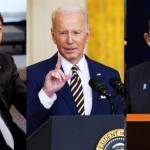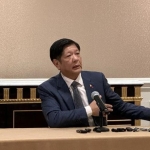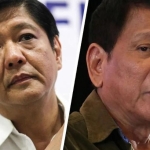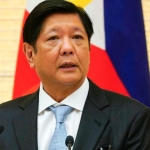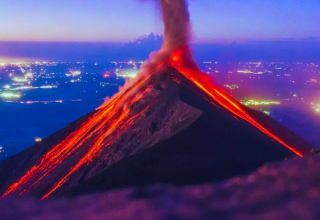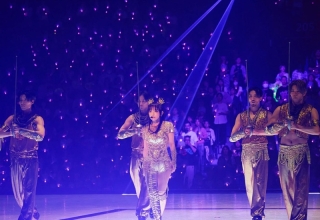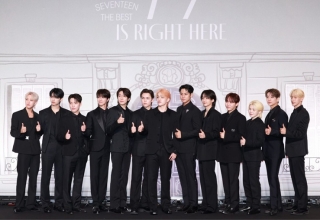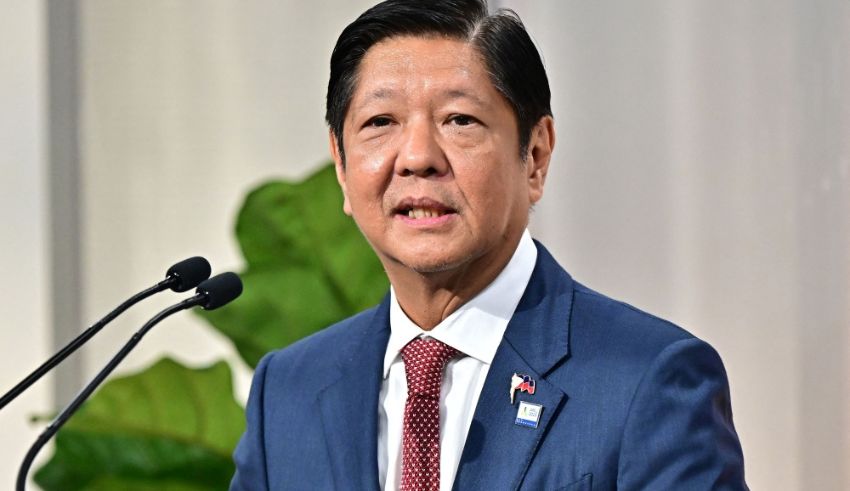
The Emergence of Deepfakes
In an era where technology has advanced to the point of creating hyper-realistic fake videos, the term “deepfake” has become a household name. These videos are generated using artificial intelligence, making it possible to manipulate audio and video to create seemingly real content.
The Incident
Recently, a deepfake video surfaced online, falsely portraying President Ferdinand “Bongbong” Marcos Jr. as issuing military directives against a foreign nation. This video, which utilized sophisticated generative AI, was designed to mimic the President’s voice and mannerisms with alarming accuracy.
The Presidential Response
The Presidential Communications Office (PCO) was quick to issue a statement, denouncing the video as a malicious attempt to misrepresent the President’s stance and potentially harm diplomatic relations. The PCO emphasized that no such directive had been given and that the deepfake was a clear case of misinformation.
Keep Reading
The Implications for National Security
Such deepfakes pose a significant threat to national security, as they have the potential to cause unrest, mislead the public, and strain international relations. The incident has raised concerns about the need for more robust measures to combat the spread of such deceptive content.
The Call for Vigilance
The PCO has urged the public to exercise caution and verify the authenticity of content shared online. It’s a collective responsibility to prevent the spread of misinformation and to remain critical of the sources of our information.
Moving Forward
The government is actively working with various agencies and private sector partners to address the proliferation of deepfakes. This incident serves as a reminder of the importance of media literacy and the need for continued education on the potential dangers of AI-generated content.
